Come here Dr. Shai Secunda speak on Tuesday July 8th at Great Neck Synagogue following Mincha at 8:10pm. Co-sponsored by Ohr Esther – Young Mashadi Jewish Center. 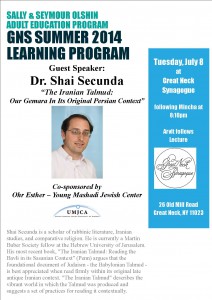
Category Archives: Heritage & History
The Mashadi Army!
The UMJCA History and Heritage Committee is trying to identify the names of the Mashadi Community members in this picture that is estimated to have been taken around 1932. Please contact Hertzl Cohanpour at cohanpour@gmail.com .
Light and Shadows: The Story of Iranian Jews
A Beit Hatfutsot Exhibition Opens in New York!
WHEN: December 3, 2013 – April 27, 2014
DAYS AND HOURS: Monday, Free 5:00-8:00pm; Sunday, Tuesday, Thursday 11:00am-5:00pm; Wednesday 11:00am-8:00pm (Free 5:00pm-8:00pm); Friday, Free 11:00am-2:30pm.
WHERE: Yeshiva University Museum, 15 West 16th Street, NYC, 212-294-8330
COST: Adults: $8; seniors and students: $6. Free for members and children under 5.
For more information, visit www.yumuseum.org
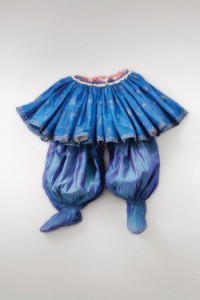 Skirt (sheliteh) and pants (shalvar) worn during a child-bride’s henna ceremony, Marv, Turkestan, circa 1900, silk, courtesy of the Etessami family, USA.
Skirt (sheliteh) and pants (shalvar) worn during a child-bride’s henna ceremony, Marv, Turkestan, circa 1900, silk, courtesy of the Etessami family, USA.
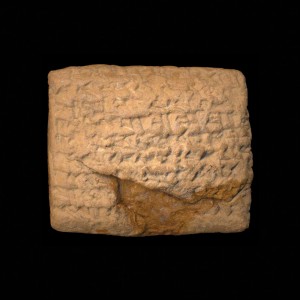 Clay Tablets, Al-Yahudu, Iran, 6th century BCE, collection of Dabid Sofer, London.
Clay Tablets, Al-Yahudu, Iran, 6th century BCE, collection of Dabid Sofer, London.
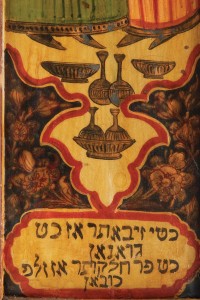 Painted door, Iran, 19th Century, Collectino of Miriam Kove, New York.
Painted door, Iran, 19th Century, Collectino of Miriam Kove, New York.
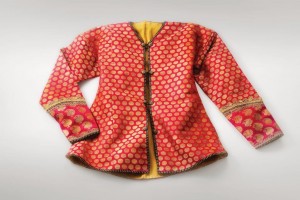 Jacket for a child-bride, Iran, 1908, silk, and buttons with the insignia of the Persian crown, courtesy of Dina Khordi, USA.
Jacket for a child-bride, Iran, 1908, silk, and buttons with the insignia of the Persian crown, courtesy of Dina Khordi, USA.
IAJF co sponsors The exhibit of Cyrus Cylinder @ The Metropolitan Museum
Light and Shadows: The Story of Iranian Jews
Light and Shadows: The Story of Iranian Jews is coming to New York to the Center of Jewish History-Yeshiva University Museum. It is coming to New York after a most significant success at the Fowler Museum in Los Angeles.
The exhibit will be presented to the public at the Center of Jewish History from the fall of 2013 through the winter of 2014 for a period of at least six month. VIP opening is scheduled for October 8th.
LIGHT AND SHADOWS Fowler Museum Program Information-pdf click here
Persian Jews given choice: Convert or die
This day in Jewish history / Persian Jews given choice: Convert or die
Thousands of Mashhad Jews did convert to Islam, in appearance at least, after nearly 40 were murdered by their neighbors; most simply took their Judaism underground.
By David B. Green | Mar.19, 2013 | 6:59 AM
March 19, 1839, is the date that the Jews of Mashhad, Persia, were given the choice of converting to Islam or dying, in an event that came to be known as the “Allahdad,” meaning “God’s Justice.”
The ultimatum was preceded by an attack by an angry crowd on the neighborhood where the city’s Jews resided, during which nearly 40 Mashhadi Jews were killed. Following that, the rest of their 2,400 or so brethren publicly accepted Islam – although most continued to practice their Judaism surreptitiously.
Jews had only resided in Mashhad — in the far northeastern corner of Persia, and today Iran’s second-largest city — since 1746, when Nader Shah, the empire’s king, moved his capital there and ordered 40 Jewish families to accompany him.
Mashhad was already a major object of Shi’ite pilgrimage and was known for the piety of its population, which did not welcome their new Jewish neighbors. Nonetheless, those Jews, who were confined to a ghetto-like neighborhood on the city’s outskirts, created a community, developed trading ties with other towns in the region and eventually with their immediate neighbors too, and grew to some 200 families.
The Allahdad began, as such events usually do, when rumors began to spread that the city’s Jews were mocking the Muslim religion, and on a holy day, no less.
The public appealed to their religious leaders, who turned to the town’s political leader, who granted the crowd permission to vent their wrath on the Jews. They invaded the Jewish quarter, attacked homes and businesses, burnt books and destroyed the synagogue. Thirty-six Jews lost their lives that day.
The physical violence was followed by the demand that the surviving Jews convert. The community capitulated to the demand and its members became “Jadid al-Islam” – new Muslims. They took on Arabic names, began to publicly embrace the rituals of Islam, including making the Hajj pilgrimage to Mecca.
At the same time, in a manner very similar to that of the crypto-Jews during the Spanish Inquisition, they also secretly continued to live as Jews. They gave their children second, Hebrew names, they fed the unkosher meat they openly bought to their animals, and carried out shehita (kosher slaughter) surreptitiously. They also established clandestine synagogues in their basements.
They reproduced by hand the sacred Hebrew books that had been destroyed during the Allahdad, and used them to continue teaching their children Torah. They even found a way to avoid having their children intermarry with non-Jews, by marrying them off to other members of the community while they were still very young, age 9 or 10, so that when inquiries came from the city’s Muslims, they could say their children were already spoken for.
Only after the ascent of Reza Pahlavi, the father of the last shah, to power, in 1925, and the start of a period of social liberalization, which included freedom of religion, did the crypto-Jews who still lived in Mashhad return to openly practicing their faith. That period lasted until 1946, when anti-Jewish riots erupted in Mashhad yet again. At that point, the city’s Jews began to leave en masse. They went either to Tehran, where they constituted a distinct community, served by 10 “Mashhadi” synagogues, or left Iran altogether.
Today, all the descendants of the Jews of in Mashhad are outside their native land. Most can be found in Israel, and there’s a large contingent in New York – in Kew Gardens, Queens, and in Great Neck.
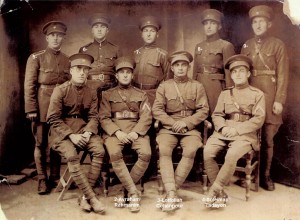
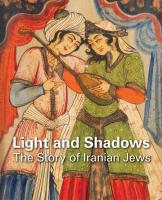

You must be logged in to post a comment.